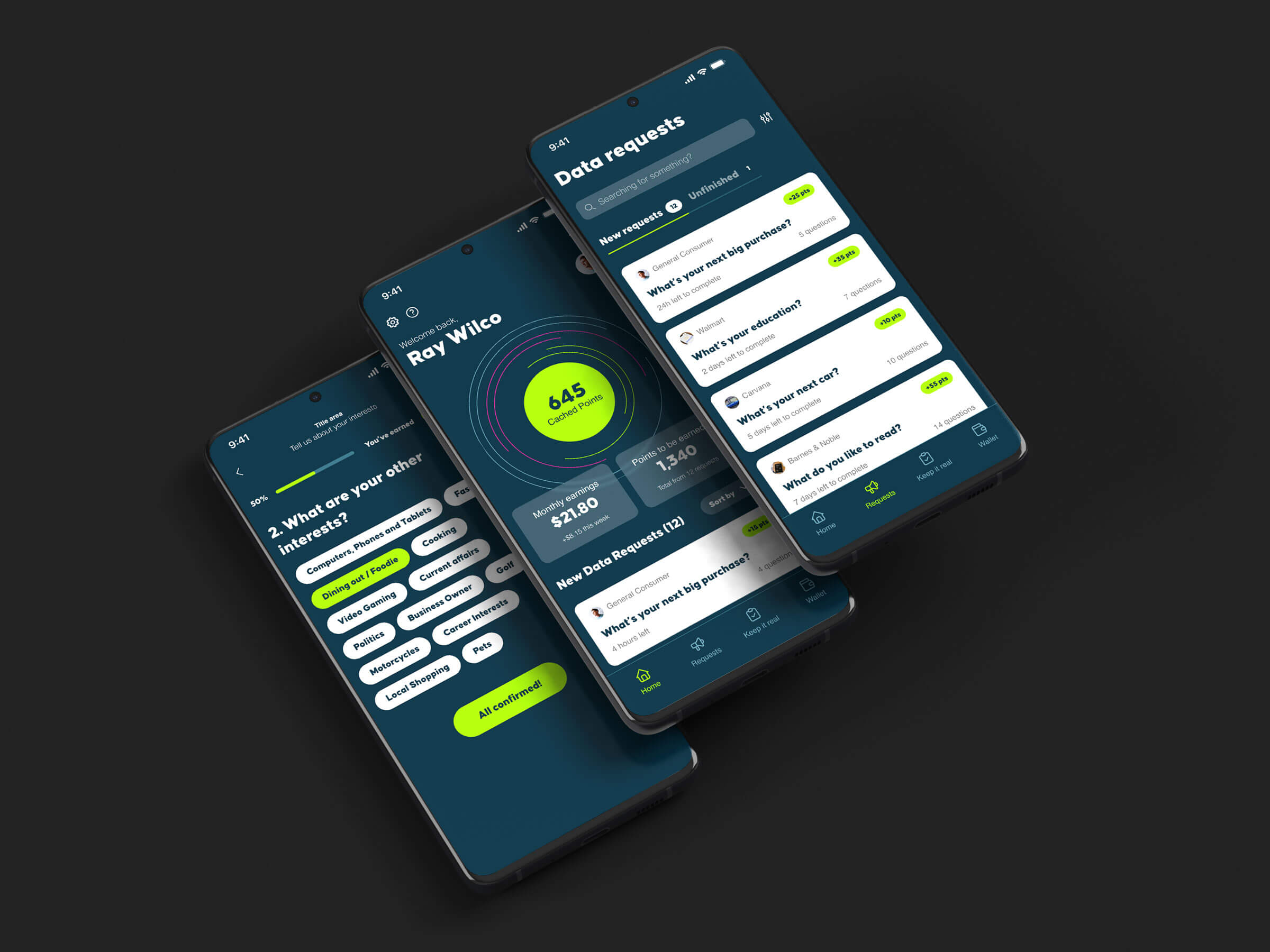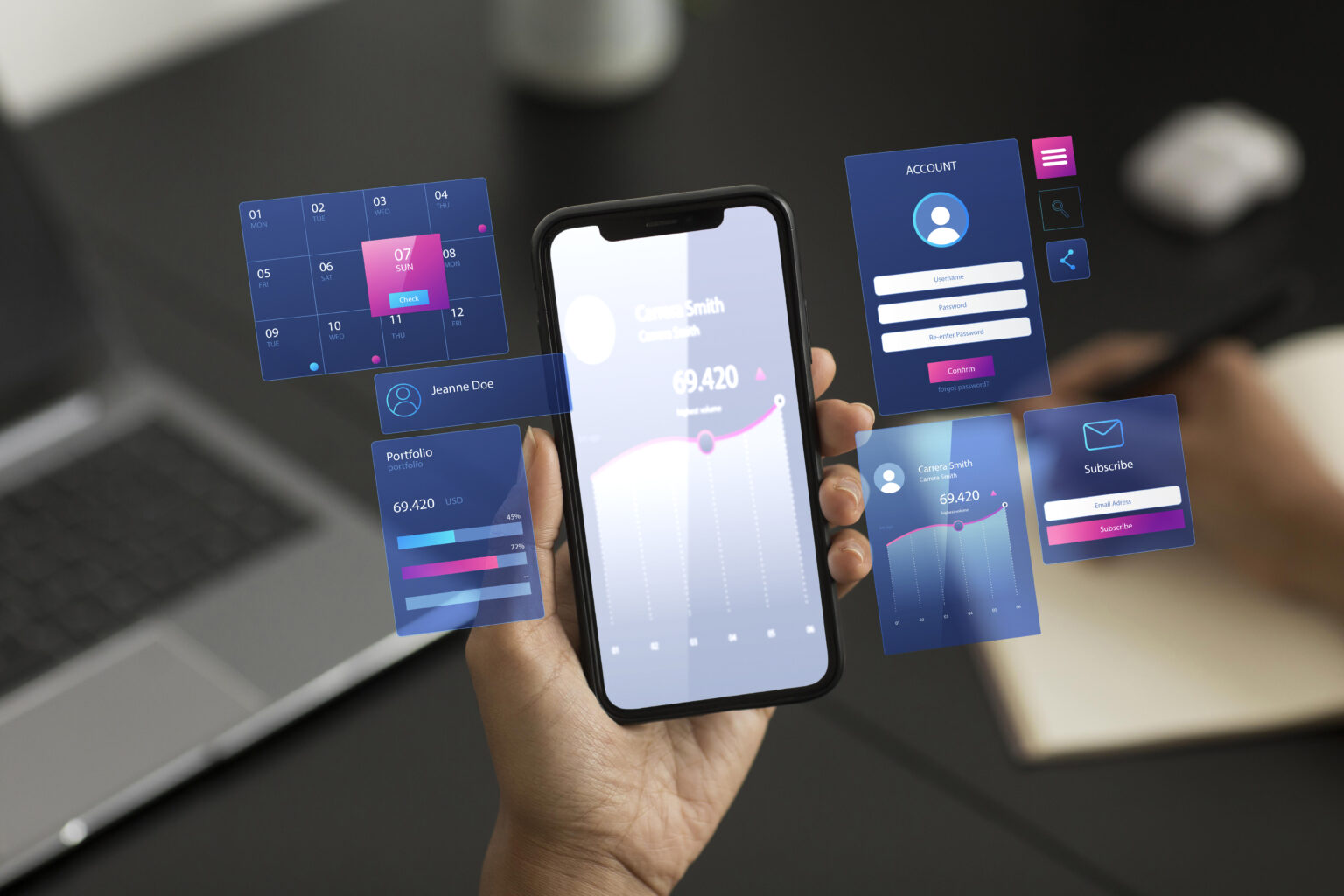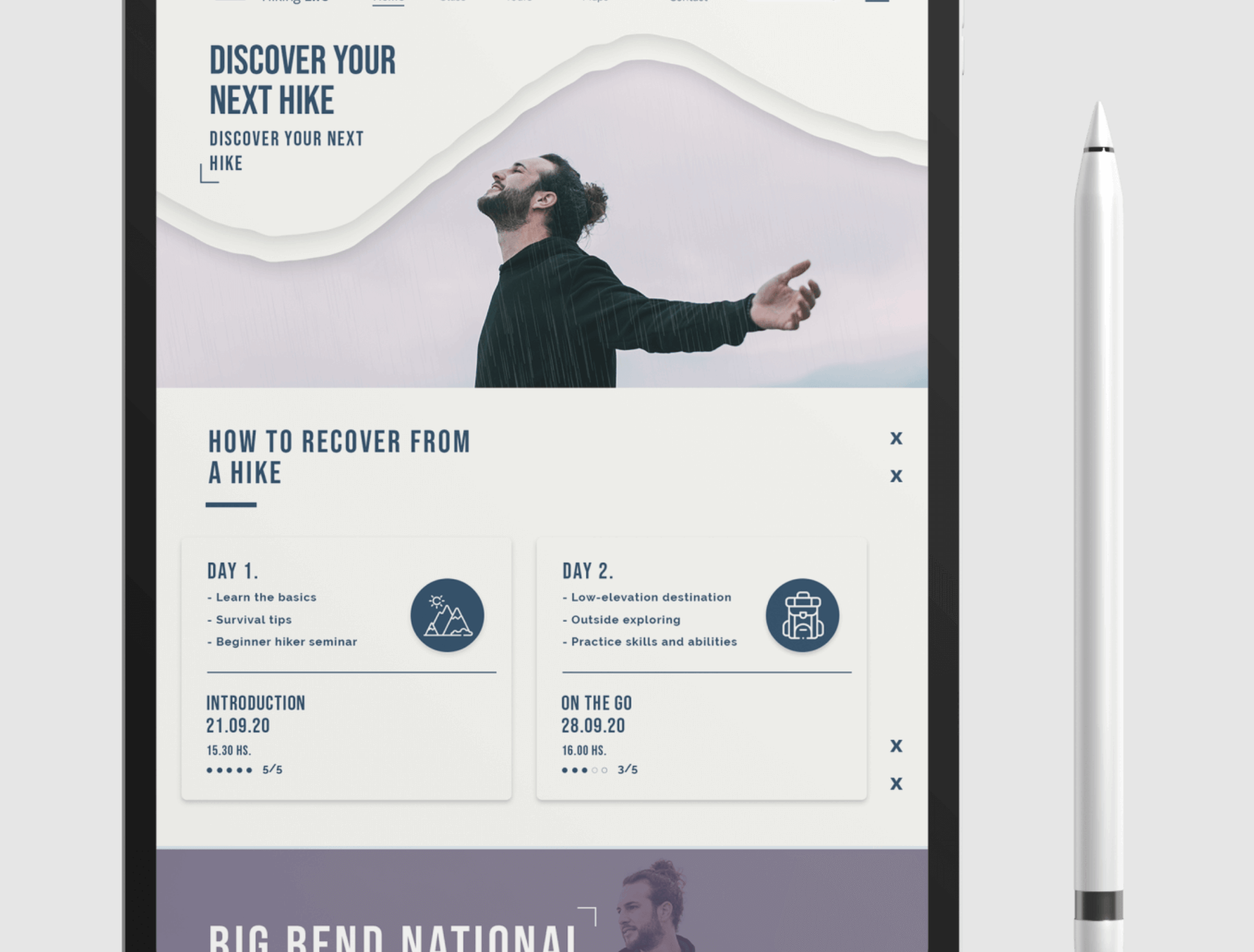How to Choose an Outsourced Design Partner for Product Success
Outsourcing product design is when a company hires a third party firm to research and design a software application such as a web or mobile application. Outsourcing design usually comes in the form of hiring an agency for specialized design services and deliverables, and is a key decision that can have a large impact on product success and business outcomes. An often-cited McKinsey report from 2018 found that businesses that heavily embrace and prioritize product design generate, on average, 32% more revenue and 56% greater shareholder returns than comparable businesses that don’t design high performing software products.
Great design and comprehensive design processes are especially important for businesses launching new software products. Designing innovative software products requires tremendous research, feedback, iteration, and testing before they’re pushed to market. Regardless of the specific problem a business intends to solve through design and development, the usability of a product, system, or interface must be efficient and empathetic to the users. Product adoption is tightly linked to the user experience which is driven by strong design teams and processes that can identify the core features and solutions a customer or user is looking for.
When a company decides that it wants to develop a new product and either outsource the entire project, or just the design of it, it’s essential they identify their specific design needs and find a partner that’s experienced with designing products with similar features. A design partner that can understand requirements and accelerate the road from conception to production can provide an invaluable resource for companies looking to innovate through technology development.
Why outsource your design project?
Given the importance of a product’s design, there are many reasons why a business may choose outsourced design as a route to accelerate product development. That said, it generally comes down to a question of strategy and resources – whether access to skills, internal availability, financial concerns, and more.
Cost savings with outsourced design
The primary motive for outsourcing product design is cost-saving benefits, as companies don’t have to hire full-time employees. According to a recent Deloitte survey on outsourcing, 65% of respondents cited cost savings as the main reason for seeking outsourced help.
That said, not all outsourced design is the same and the end cost will depend on the specific design skills needed, the size of the project, the agreed on deliverables, agency pricing structure and other factors that determine the realized cost savings you can achieve with outsourced design.
Access to design skills and experience
While it’s standard for in-house teams to have hard design skills, for new product development projects, they will likely need extra support. Unlike in-house teams, outsourced product design services are available on a per-task basis, meaning that companies have the flexibility to find the precise design skills they need to develop specific modules of a project and advance the overarching product roadmap - eventually enabling software engineers to develop necessary features and functionality.
Experience with designing past projects is one of the best determining factors for future design project success and efficiency. For example, a lean team of two to three product designers and researchers who have designed complete products are going to be much more efficient with a similar product in the future than a junior designer starting from scratch with limited experience processing requirements, wireframing, and developing complete design systems.
There are also further advantages when it comes to onboarding, recruiting, and staffing new product designs, which is proving increasingly challenging for companies. Outsourcing design saves company’s time when they are looking to expand their design team without having to recruit, train, and onboard new personnel. Outsourced design can often provide companies a turn-key solution to product design and development with experienced personnel that can hit the ground running for both specific and broad projects.
Establishing criteria for outsourced design
The scale and scope of a project are two guiding principles to understanding the type of design support that a company needs for a project. At Asymm we direct categorize engagements into two separate project design categories.
Level 1: Fully outsourced design
This is the most involved type of design outsourcing, where a company needs a partner that is comfortable and capable of offering full product design and development (design development not software development) services - this means taking an idea from concept to completion. Whether it’s an entirely new product that they want to develop or a complete refresh and upgrade of an existing one. In this case a client is relying heavily on the design partner for all things product design, including research, requirements gathering, wireframing, design system creation, and more. The characteristics of projects at this level can vary widely and depend on specific needs and circumstances, but with most projects of this scope we see heavy involvement from client-side stakeholders for guidance, feedback, and iteration, however the heavy lifting certainly comes from the design partner.
Level 2: Supplementary design contracting
Supplementary design help is when a company identifies smaller scope deliverables and sub-projects for a design partner. This might be because their product is already well established in a production environment and they need help with additional features, or require small tweaks. Unlike full-project outsourcing, client employees remain the key stakeholder in product design and implementation, but may need this additional support to ensure quality, velocity, and consistency of new features. This may be due to time constraints and tight deadlines, access to niche skills that are lacking within an in-house team, or just an overall desire for assisted skilled services and experienced product design help.
Choosing the right outsourced design partner
Once a company has identified its specific needs – whether full project design outsourcing or supplementary design contracting, the next step for that company is to find a partner who is able to deliver on their expectations. This is the most difficult part of the process as choosing the wrong partner can not only drive up the costs, but also result in a sub-par product design, lost time, and missed market opportunities. Here are some of the things to look for when choosing the right outsourced design partner.
1. Strategy and Experience
Outsourcing product design is about achieving long term value through the research and design and creation of products that will serve users and customers over a long time horizon. Opting for a partner that might propose a cheap solution could suggest they don’t understand the full-scope of the project and your overarching product strategy. Choosing a partner that understands your market niche, users, and macro strategy is vital to developing a product that will achieve market fit and ultimately succeed when it comes to product adoption and product success. For this reason, cost savings shouldn’t be conflated with “cheap,” as there should be no compromise on quality when outsourcing your design needs. In fact, in many cases it’s possible to achieve better results at a more cost-effective price. Our advice is to look for a partner with experience and track record designing products that have similarities, and an understanding of your business model and product vision.
2. Talent and Cost
If a company has decided that they need outside help with product design and development, they are then faced with choosing a partner that will help them deliver. Companies that concentrate solely on local talent will likely sacrifice some of the benefits of outsourcing, primarily with regard to costs. While US based talent is highly skilled and companies benefit from g, there is generally a large difference in the hourly rate that domestic freelance designers charge. In recent years, there has been a shift to embracing outsourced talent as companies seek to capitalize talented remote professionals.
At Asymm, we specialize in nearshore outsourcing and have cultivated a strong network of professionals based in Mexico. For companies based in the Pacific West Coast such as California – or even the US as a whole – Mexico offers more affordable access to top talent. What’s more, as the time zones are so similar, there is the same space for collaboration as there would be with onshore teams.
3. Outlining requirements and an RFP (request for proposal)
Determining your business’s requirements is a critical step when choosing outsourced support to deliver product design. The more accurately a company is able to identify their needs and product requirements, the more quickly and accurately they can acquire a proposal for product design that fits their vision, scope, and budget for their work. Poor planning and understanding at the initial stages of product design can result in unforeseen costs, confusing proposals with unnecessary deliverables, and more. It’s essential to analyze current and future needs with a project and pinpoint how a third-party provider can add value. A good exercise to start this process is to understand your end goal and work backwards and create a list of the deliverables that you think you need. Creating a product roadmap and list of deliverables that you think needs to be developed is a great way to start. A partner can certainly help you do this in the initial stages too, but it’s always good to come overprepared.
For fully outsourced projects, an experienced partner should understand requirements after a few long format conversations and will work with you to ensure the project begins on the strongest possible foundation - outlining what they think you need and cycling through iteration till both parties agree on a scope of work. By working with a partner, you can make sure that the outsourced team has the relevant experience and skills to bring your product to life through the initial meetings where they seek to understand your vision and requirements.
About Asymm
At Asymm, we specialize in software design and development projects. We work with clients to identify their needs and create solutions whether in the form of a fully outsourced project or team augmentation.
We have a strong track record of delivering high-quality product designs that get results. By prioritizing the needs of our customers and their end users, we create meaningful user experiences that help businesses to succeed in their goals, whether they are undertaking a digital transformation or looking for a development partner to launch a new product. Our processes of development span the disciplines of business analysis, user research, wireframing, development, deployment, testing, and more.
If you’d like to find out more about our services and capabilities, schedule a call with us here.












